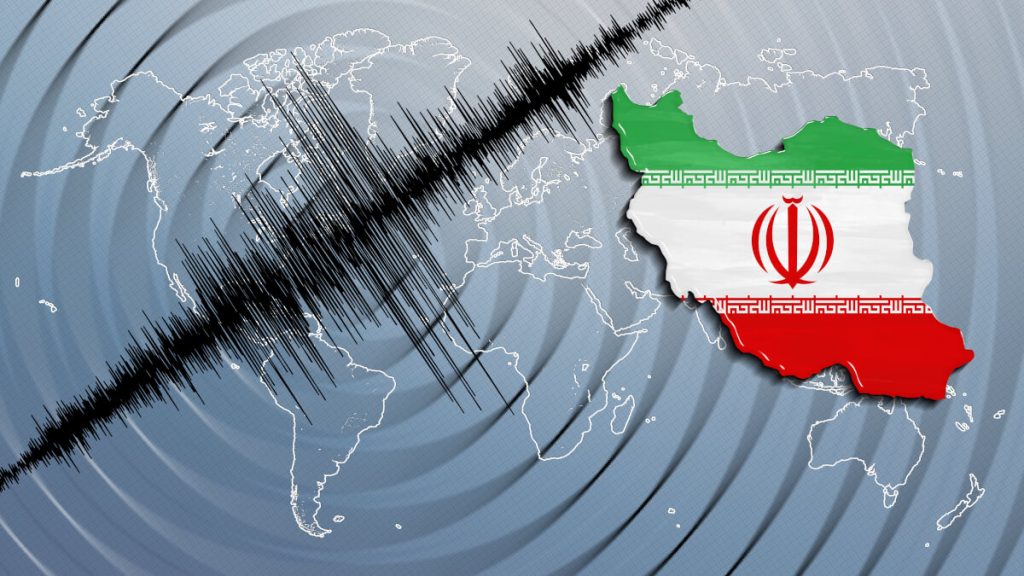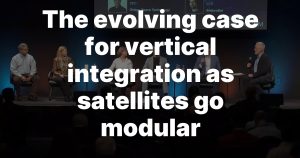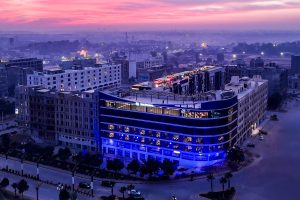

Iran’s proximity to two large tectonic plates makes it especially vulnerable to earthquakes. (Allexxandar/Shutterstock)
In a nutshell
- A 4.5 magnitude earthquake in Iran took just 17 minutes to transform from natural event to viral nuclear conspiracy, highlighting how scientific data can be misinterpreted during geopolitical tensions
- Social media posts and mainstream news outlets spread false claims about nuclear testing faster than scientific fact-checks could counter them, with misleading posts receiving six times more views than corrections
- The misinformation was so widespread it triggered a false earthquake alert in Israel through an automated system that monitors spikes in online earthquake-related searches
BALTIMORE — When a magnitude 4.5 earthquake struck Iran in October 2024, it took just 17 minutes for social media users to transform a natural geological event into an international nuclear conspiracy theory. A new study from Johns Hopkins University reveals how scientific misinformation can spiral into a geopolitical crisis in the digital age.
The event occurred about 31 miles southwest of Semnan and 134 miles east of Tehran. Iran’s location makes it particularly susceptible to earthquakes. The country sits at the convergence of two massive tectonic plates, the Arabian and Eurasian plates, which are constantly moving and grinding against each other. This geological setting has produced numerous earthquakes throughout history, including similar events in the same region in 2015 and 2018.
Within minutes of the 2024 earthquake, automated accounts started sharing basic information about the seismic event. Just 17 minutes after the initial tremor, however, social media users began suggesting alternative explanations—ranging from Israeli weapon strikes to weather control conspiracies. The study, published in Seismica, debunks these misinformed claims.
“There was a concerted misinformation and disinformation campaign around this event that promoted the idea this was a nuclear test, which is not something you often see happen with an earthquake,” says lead author Benjamin Fernando, a Johns Hopkins seismologist, in a statement.


Benjamin Fernando/Johns Hopkins University, with topography provided by NOAA.)
The research team analyzed data from seismic monitoring stations worldwide, identifying natural activity caused by a gently sloping fault. These seismic recordings, called seismograms, show how the ground moves during an earthquake through zigzag patterns. However, some social media users began sharing manipulated seismograms as supposed evidence of nuclear testing. One widely circulated recording was actually from a completely different seismic event in Armenia that had occurred seven hours earlier.
“Seismic waves carry information about the earthquake that produced them as they propagate around the planet,” says Fernando. “In this case, the source was what we call a reverse fault—a motion associated with the Earth’s crust being crushed as the Arabian and Eurasian plates collide. Nuclear tests have very different signatures, which are explosive.”
The misinformation campaign gained momentum through various tactics. Some accounts impersonated legitimate news organizations, while others claimed unnamed “Armenian scientists” had confirmed the nuclear test theory. One of the most widely shared posts promoting this false narrative came from an account previously linked to Russian-supported disinformation campaigns.
In an unusual turn of events, the spread of misinformation created its own seismic ghost. When news of the Iran earthquake reached Israel, it triggered a surge in online searches about seismic activity. The volume of these searches was so high that it accidentally triggered an automated crowdsourcing system designed to detect earthquakes through spikes in web traffic. This system then issued a false alert about an earthquake in Tel Aviv, a phantom event that further fueled conspiracy theories about coordinated nuclear tests.


Media coverage varied significantly by language and region. English-language outlets, particularly those based in India, amplified the nuclear test claims without adequate fact-checking. These stories often cited each other and repeated the misinterpreted seismic data, creating an echo chamber of misinformation. The researchers identified similar reports spreading through media outlets in the U.S., Pakistan, Zimbabwe, France, and the UK.
In contrast, Persian-language media provided more accurate coverage. These outlets regularly consulted local seismology experts and relied on official seismic data, offering their readers a more scientifically sound understanding of the event. However, by the time official organizations like the Comprehensive Test Ban Treaty Organization (CTBTO) confirmed the earthquake’s natural origin, the false narrative had already gained significant traction internationally.
“Scientific agencies could issue detailed reports swiftly to counter misinformation,” says co-author Saman Karimi, a Johns Hopkins geophysicist. “Giving amplification to contents coming from verified scientific accounts could help reduce the misleading narrative.”
The researchers recommend stronger partnerships between social media platforms and trusted scientific agencies like the U.S. Geological Survey. The study highlights how scientific misinterpretation can have serious geopolitical implications, especially during periods of international tension. The speed at which misinformation spreads and the relative ineffectiveness of official corrections demonstrate the challenges of maintaining scientific accuracy in the age of social media. While official fact-checks and corrections were eventually published, they received far less attention than the original misleading posts at fewer than 5,000 views compared to over 30,000 for some of the false claims.
This case serves as a warning about the intersection of scientific data, social media, and global politics. The researchers emphasize the need for faster expert responses and better systems to verify and amplify accurate scientific information during potential crises.
Paper Summary
Methodology
The researchers combined traditional seismological analysis with social media forensics. They examined seismic wave data from 38 monitoring stations to determine the earthquake’s characteristics. For the social media analysis, they tracked posts in English, Persian, Arabic, and Hebrew, categorizing them as informational, speculative, misinformation, or disinformation based on specific criteria.
Results
The seismic analysis revealed a typical tectonic event consistent with the region’s geological setting. The social media investigation showed how misinformation evolved from initial speculation to mainstream coverage within 24 hours, with some posts receiving over 30,000 views while official corrections got less than 5,000.
Limitations
The researchers note that definitively distinguishing between misinformation and deliberate disinformation is challenging. Their social media analysis focused primarily on Twitter/X, potentially missing dynamics on other platforms.
Discussion and Takeaways
The study proposes several strategies for combating seismic misinformation, including clearer reporting of earthquake characteristics, faster expert response times, and improved crowdsourcing systems. It emphasizes how scientific misinterpretation can have serious geopolitical implications in sensitive regions.
Funding and Disclosures
The lead author was supported by the Blaustein Postdoctoral Research Fellowship at Johns Hopkins University. The authors declared no competing interests.
Publication Information
The study “The propagation of seismic waves, misinformation, and disinformation from the 2024-10-05 M 4.5 Iran earthquake” was published in Seismica (Volume 4.1) on February 4, 2025.







